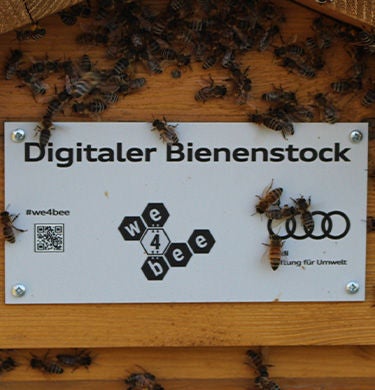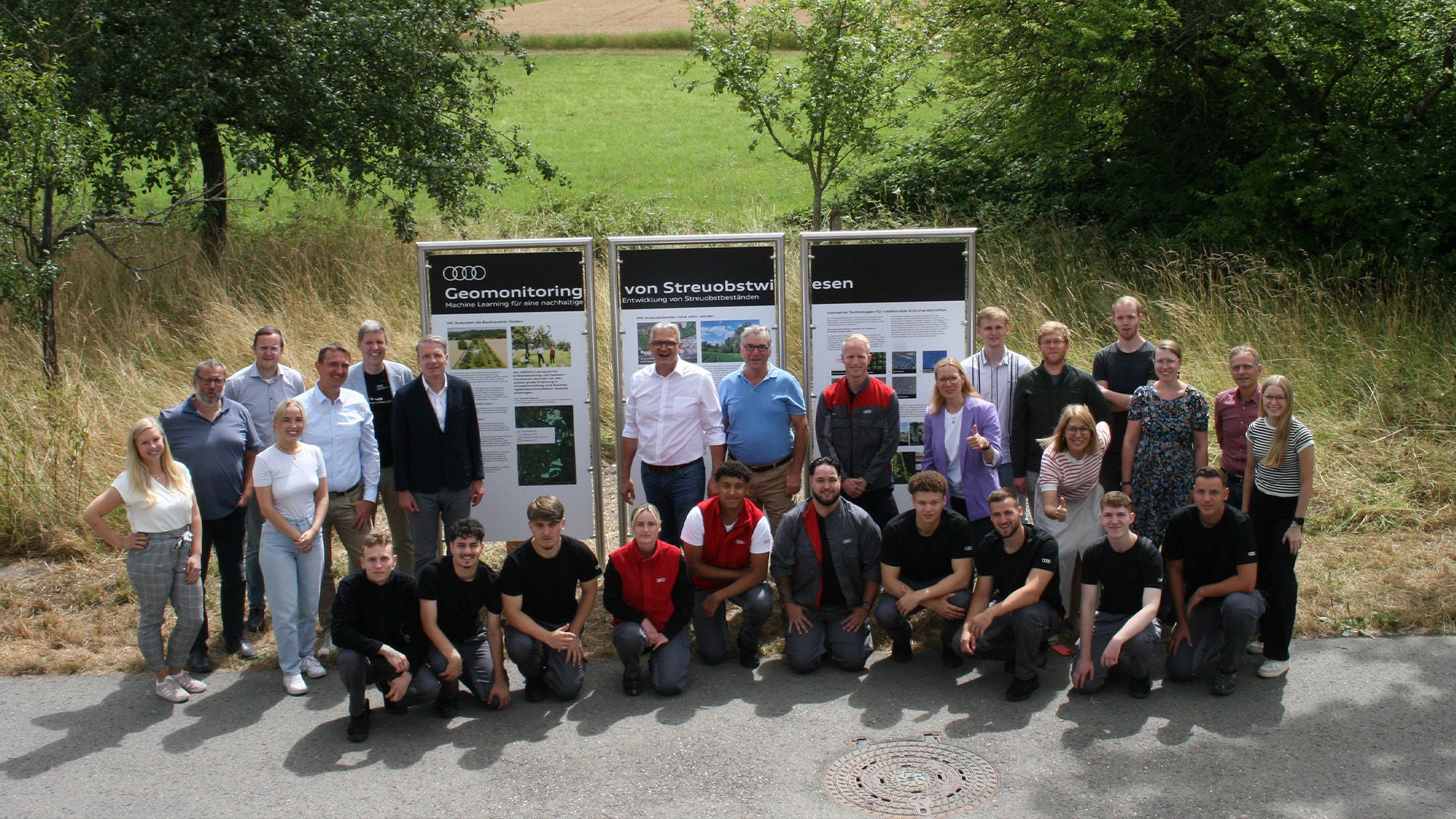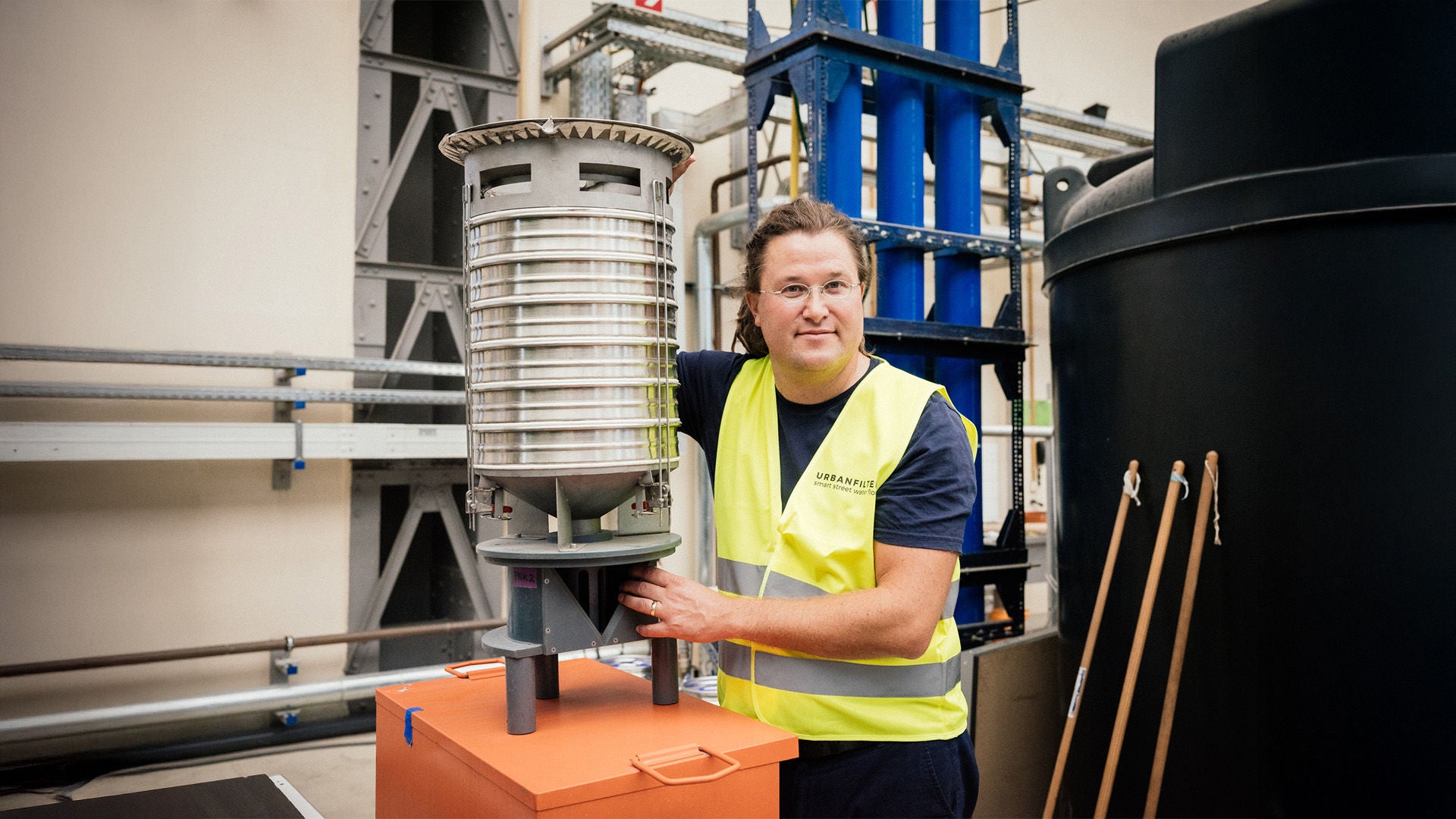we4bee – Digitally Networked Beehives
01/15/2019 — Reading Time: 5 min

Behavioural research in digitally networked beehives
Will we be able to predict environmental incidents like droughts or even earthquakes in the future?
We4bee – a citizen science bee project funded by the Audi Environmental Foundation – is dealing with this challenging question. By means of big data analysis and machine learning methods, the behavior of bee colonies is being evaluated. To do this, the Audi Environmental Foundation and the project partner we4bee distributed 100 top bar bee hives equipped with special sensors all over Germany to education institutions. All these bee hives are connected online.
Within these bee hives, the colonies can live completely unaffected by the technology and serve as a biosensor for research purposes.
The installed technology submits online data on temperature, air humidity, air pressure, weight, acoustics/vibration, particulate matter and much more. The goal of the research work is to find specific patterns in the data that make it possible to draw conclusions on the condition of the bee colony or specific weather or environmental conditions in the vicinity of the bee hive.
First publication on digital bee research
Recently, the data science PhD student P. Davidson from the University of Würzburg published his first research results in a scientific paper:
(Davidson, P., Steininger, M., Lautenschlager, F., Kobs, K., Krause, A., Hotho, A. (2020) “Anomaly Detection in Beehives Using Deep Recurrent Autoencoders,” in Proceedings of the 9th International Conference on Sensor Networks (Sensornets 2020), SCITEPRESS – Science and Technology Publications, Lda., 142–149.)
He analyzed data from different bee hives in Germany and Latvia via machine learning models and looked for specific data patterns or other anomalies within the data.
Determination of the swarming time of the bees thanks to scientific measurement results
To do this, Davidson worked with an autoencoder, a deep learning model, which was able to reliably detect anomalies in the data stream like the opening of the bee hive or treatment against varroa mites.
Once trained with data from one bee hive, the system was able to detect sensing anomalies and other instances of external interference within the data of another bee hives. This can provide valuable information to beekeepers regarding the maintenance of their bee hives.
With the help of this model, one can reliably predict the exact moment of swarming from the data and independently from the local weather conditions.
What is the moment of swarming?
Swarming is the birth of a new bee colony. The old queen leaves the bee hive together with a part of the honey bees in order to settle at a distant location, starting a new bee colony.
Swarming is a technical term in beekeeping.
Measurement results as a basis for predicting environmental events?
All these results raise hopes for the next steps:
How is the health of the bee colony?
When is the best moment in time for the treatment against the varroa mite?
The documentation and prediction of the state of health as well as the resulting treatment are essential steps towards the forecasting of individual environmental events in the vicinity of the bee hives.
So, let’s stay curious about what the bees will whisper to us!


